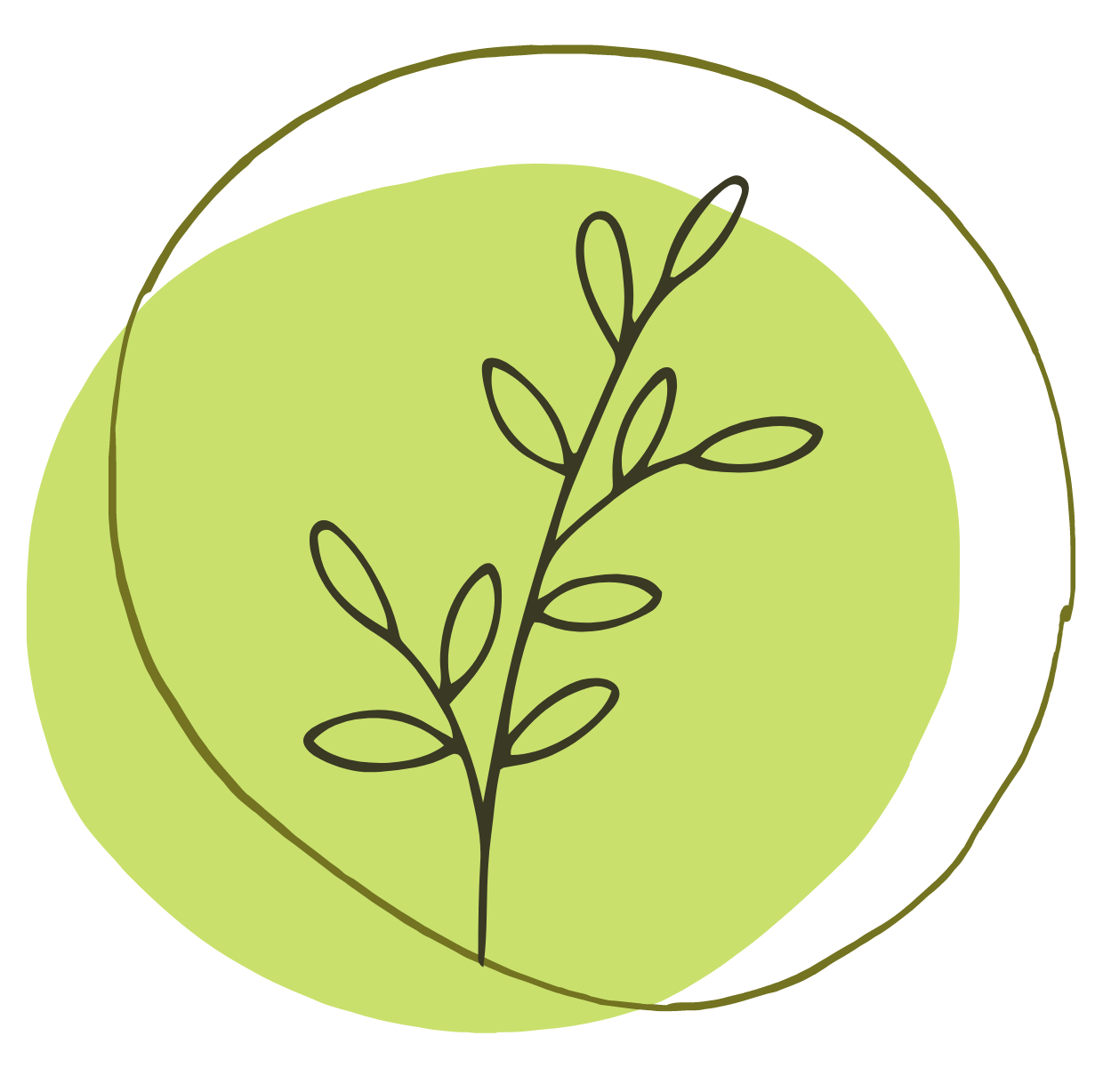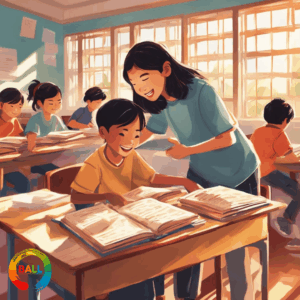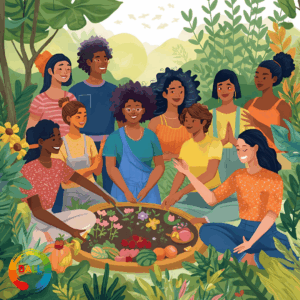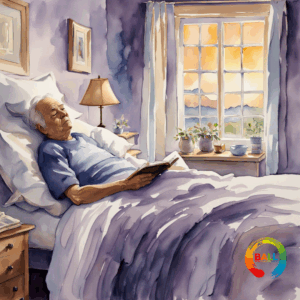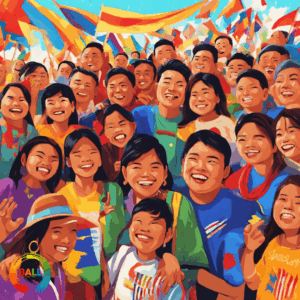Asthma is a chronic disease that affects the airways in the lungs, causing them to swell and narrow during an asthma attack, which makes breathing difficult. This swelling reduces the flow of air in and out of the lungs, and the cells in the airways may produce excess mucus—a thick, sticky substance—that further obstructs airflow and exacerbates breathing challenges. If you have asthma, an attack can occur when something irritates your airways and triggers symptoms, which can vary from person to person. Tobacco smoke, including secondhand smoke, is a common trigger and is particularly harmful to individuals with asthma, though it is unhealthy for everyone.
Symptoms of an asthma attack may include:
- Coughing
- Shortness of breath or trouble breathing
- Wheezing
- Tightness or pain in the chest
Secondhand smoke consists of a combination of gases and fine particles, including:
- Smoke from burning tobacco products, such as cigarettes, cigars, or pipes
- Smoke that has been exhaled (breathed out) by someone who smokes
To reduce the risk of asthma attacks, it is crucial to identify and avoid personal triggers, such as tobacco smoke, which is not only harmful to individuals with asthma but also to everyone exposed to it. Preventative measures include maintaining a smoke-free environment, minimizing exposure to pollutants, and following a treatment plan prescribed by a healthcare provider. Quitting smoking is one of the most effective ways to protect your health and the health of those around you, especially children and individuals with asthma. By making these changes, you can create a healthier, safer space for everyone while managing asthma more effectively.
**Studies show that flavors such as fruit, candy, and menthol are particularly appealing to adolescents.**
Reference: https://www.cdc.gov/tobacco/campaign/tips/diseases/secondhand-smoke-asthma.html
